Infrastructure
Fiber reinforcement forms
Rovings, the most common form of glass, can be chopped, woven or otherwise processed to create secondary fiber forms for composite manufacturing, such as mats, woven fabrics, braids, knitted fabrics and hybrid fabrics. Rovings are supplied by weight, with a specified filament diameter. The term yield is commonly used
Read MoreIntegrated drop-in-place superstructure the solution for Eight Mile Bridge
Based on the successful performance of previous composite bridge decks installed in Hamilton County, Ohio, highway engineers recently took a bold step, specifying an integrated composite bridge superstructure — that is, deck and support beams together in one unit — to replace a deficient span known as Eight Mile Bridge.
Read MoreCompetitive to the core
This new superyacht combines luxury innovations with energy-efficient construction, enabled by a new marine-grade balsa core.
Read MoreWind Blade Manufacturing, Part I: M and P innovations optimize production
As demand for wind turbines reaches unprecedented levels, rotor blade manufacturers explore new production strategies, including automation and blade segmentation.
Read MoreNew Bridge Deck Bests Early FRP Systems
Mechanically fastened, two-piece composite deck system addresses challenges inherent in previous fiber-reinforced polymer deck designs, lowering cost, speeding installation and reducing maintenance.
Read MoreATL and AFP: Signs of evolution in machine process control
Improved machine-control software, placement accuracy and design simulation have made automated fiber placement and tape laying machines truly production-worthy. The evolution, however, still continues.
Read MoreStructural health monitoring: Composites get smart
New initiatives are mainstreaming real-time monitoring systems into composites on aircraft, wind blades and other critical performance structures.
Read MoreAlternative energy growth creating secular demand for composites
Alternative energy sources, such as solar, wind, and geothermal, are finally emerging as contenders alongside our primary electric-power-producing fossil fuels, natural gas and coal (but not oil), primarily because these technologies are ready for widespread distribution and adoption, based on average pricing for electricity.
Read MoreRETOOLING THEORY AND PRACTICE
To meet the critical need for knowledgeable composites engineers and technicians, public/private partnerships are molding new applications-driven and transportable educational models.
Read MoreEducation: Retooling Theory and Practice
To meet the critical need for knowledgeable composites engineers and technicians, public/private partnerships are molding new applications-driven and transportable educational methods.
Read More
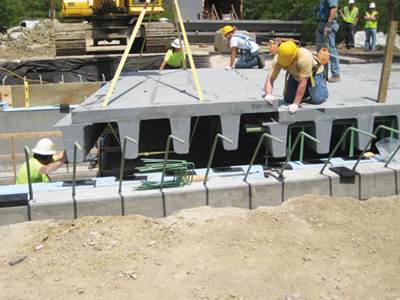
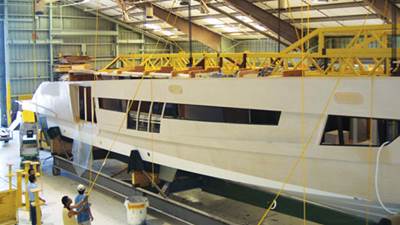
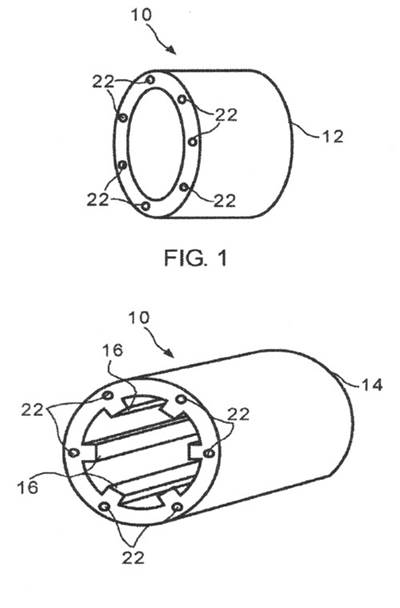
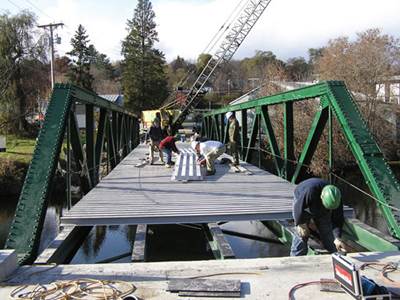
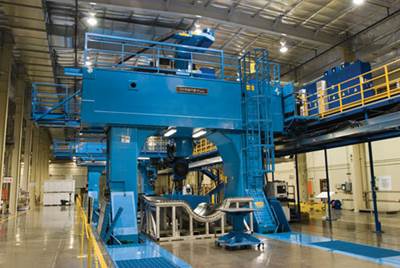
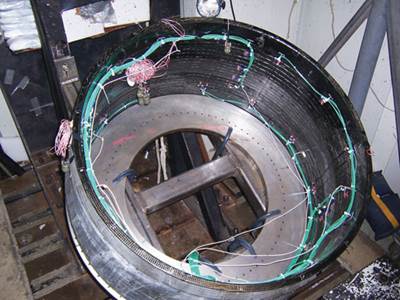


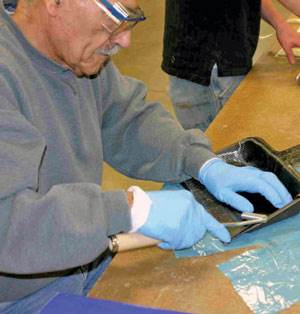



.jpg;maxWidth=300;quality=90)




